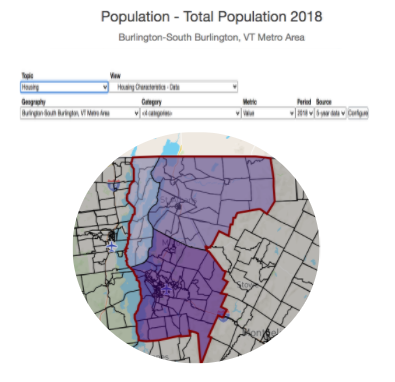Summary Background
PUBLIC SAFETY

Total Population
78,905
Long Beach Opportunity Zones

Unemployment Rate
9.53%
Long Beach Opportunity Zones

Percent College Educated
14.16%
Long Beach Opportunity Zones

Labor Force Participation Rate
61.41%
Long Beach Opportunity Zones
Since the European settlement, the character of the Hudson Valley region has been driven by geography. The port of New York and the major metropolis which grew up around it were flanked by the Hudson Valley’s extensive natural resources and the Hudson’s presence as a transportation route. The Valley is bordered on the south by a massive urban hub of the global economy and to the north by forests and farms that have been sources of material goods for hunters, traders and farmers, while also providing inspiration for generations of artists and respite for generations of travelers and tourists. The Valley itself remains a patchwork of farms, forests, parks, cities and towns supporting virtually all manner of human activity and enterprise. Figure 1 shows the Valley’s relationship to the urbanized Atlantic seaboard.
Over the last generation, the Hudson Valley has become a nexus where the economic, social, and cultural forces of a major global capital, New York City, meet and intermingle with the dynamics associated with the Valley’s small cities, towns and rural areas—vibrant legacies in agriculture and food, industrial innovation (stretching back to the D&H Canal and the invention of the steamboat), the arts and outdoor recreation.


Since the European settlement, the character of the Hudson Valley region has been driven by geography. The port of New York and the major metropolis which grew up around it were flanked by the Hudson Valley’s extensive natural resources and the Hudson’s presence as a transportation route. The Valley is bordered on the south by a massive urban hub of the global economy and to the north by forests and farms that have been sources of material goods for hunters, traders and farmers, while also providing inspiration for generations of artists and respite for generations of travelers and tourists. The Valley itself remains a patchwork of farms, forests, parks, cities and towns supporting virtually all manner of human activity and enterprise. Figure 1 shows the Valley’s relationship to the urbanized Atlantic seaboard.
Over the last generation, the Hudson Valley has become a nexus where the economic, social, and cultural forces of a major global capital, New York City, meet and intermingle with the dynamics associated with the Valley’s small cities, towns and rural areas—vibrant legacies in agriculture and food, industrial innovation (stretching back to the D&H Canal and the invention of the steamboat), the arts and outdoor recreation.
WHY IS THIS IMPORTANT?
Discuss resiliency issues and measures here.




